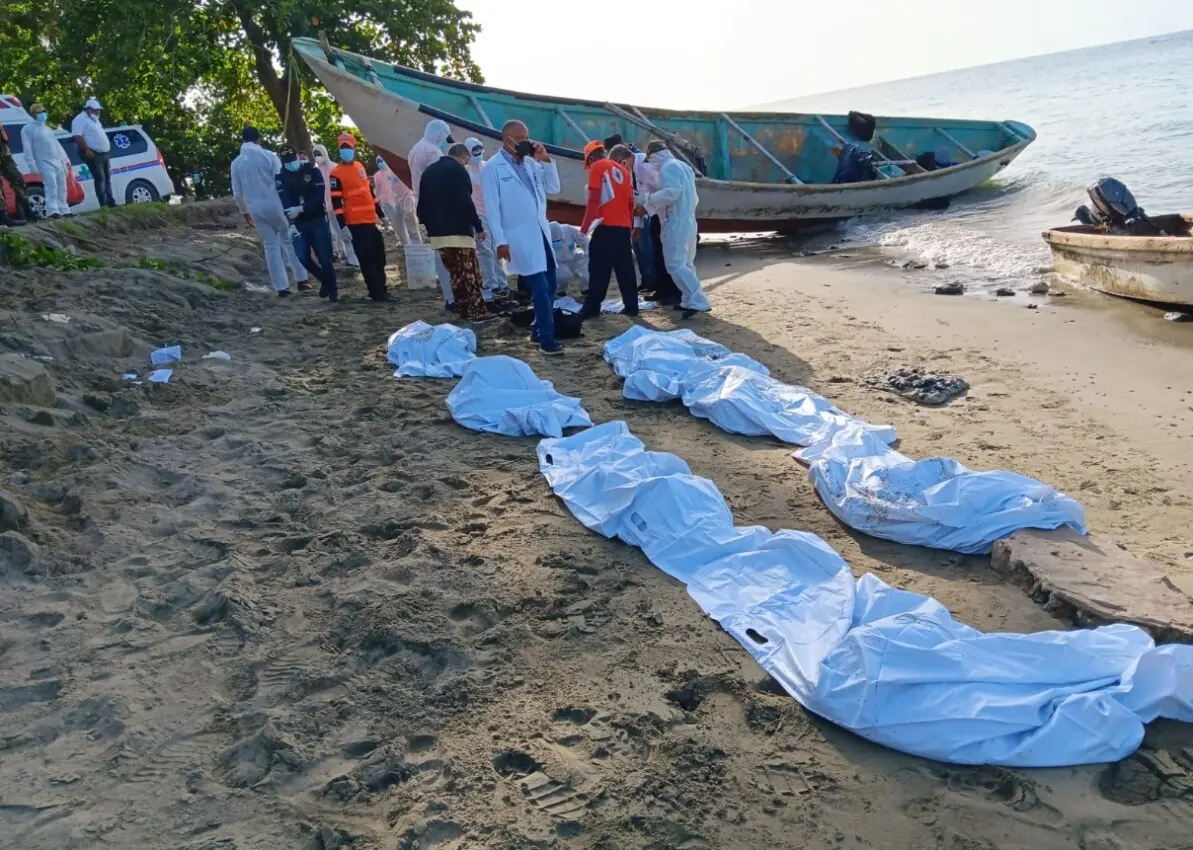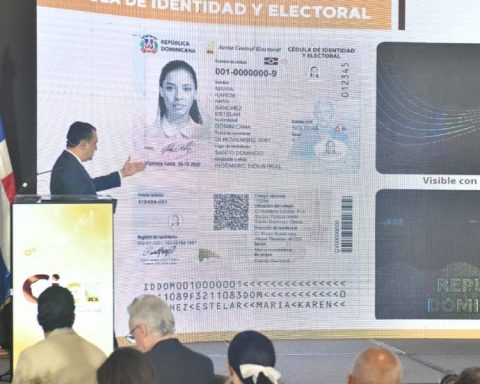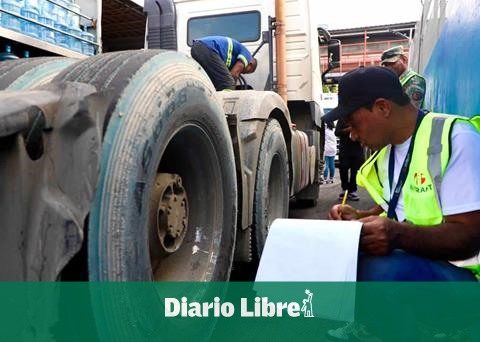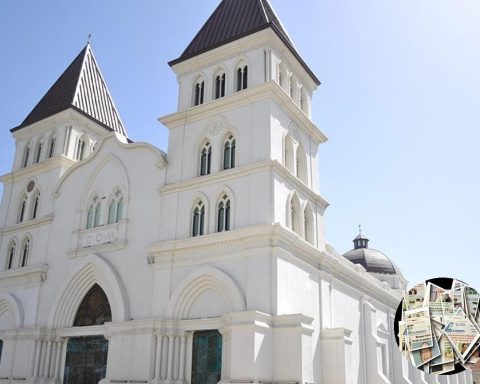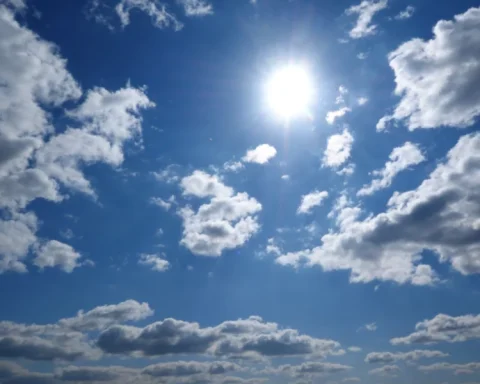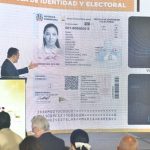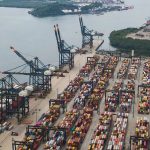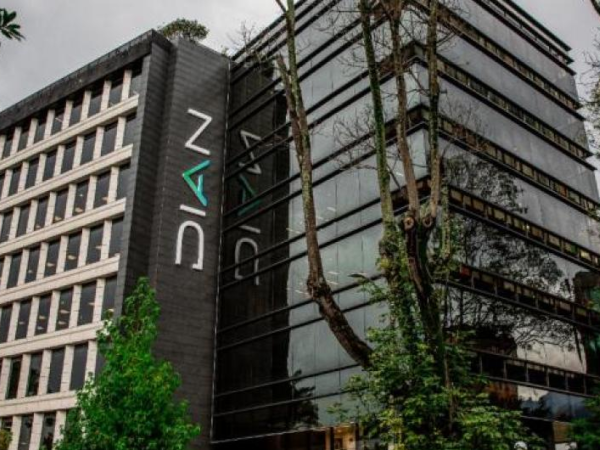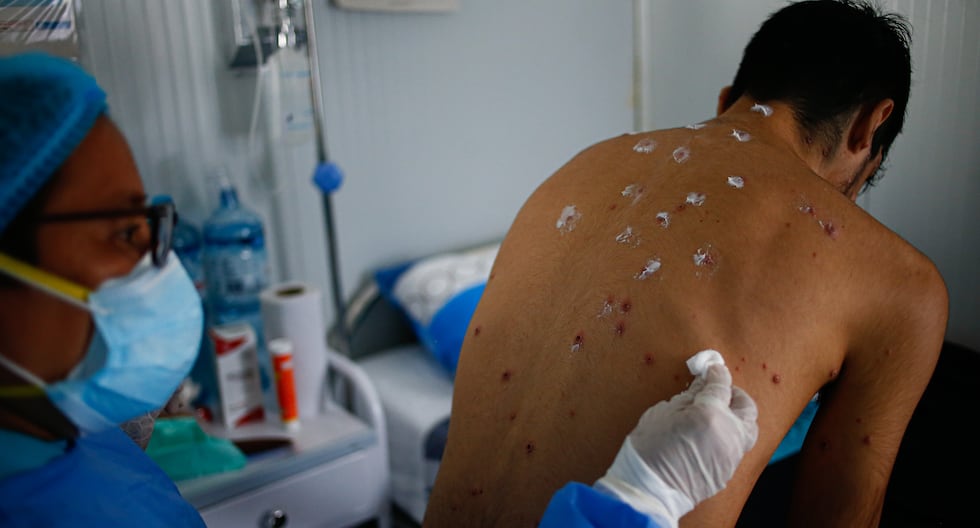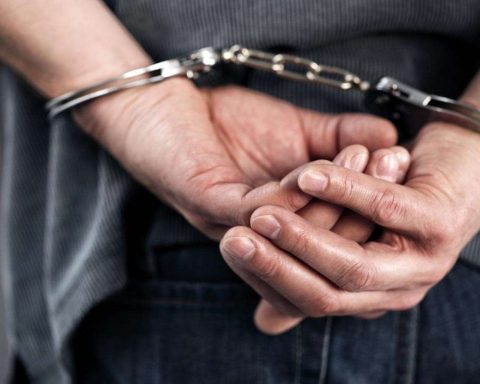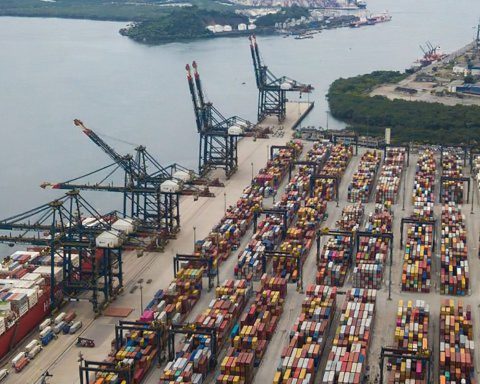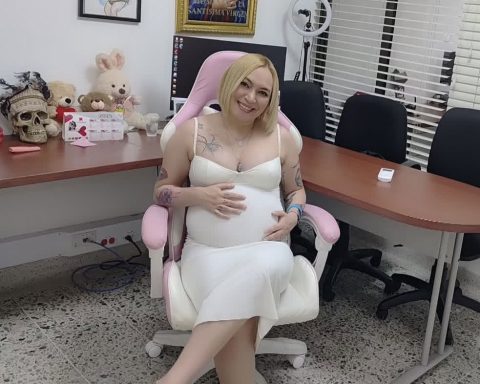NOOR MAHTANI |
elpais.com.do
Madrid.- The search for Sidane Wade, 23, had been going on for more than 200 days. He disappeared from his home in Mbane, Senegal, in mid-January without leaving a trace and without telling anyone.
On January 24, when he missed work, they began to suspect that he might have migrated to Europe. “You know, young people here from Africa, when they travel, can sleep with you in bed and you won’t know anything,” his uncle, Ibrahim Wade, explains by phone.
“They don’t tell you because you know that if you find out, you won’t let them go. But Sidane had seen other friends who arrived and already had a car or a house. He always wanted to get ahead.”
You may also like:
On August 6, when they read the news on social media that an African cayuco adrift had reached the beaches of northern Dominican Republic, they feared the worst.
The barge arrived with 14 bones28 cell phones, 14 identification cards and 12 packages of what they thought were narcotics. This week, the Navy confirmed that only three of the packages tested positive for cocaine, while the rest were fake bales and only contained wood inside.
Other Senegalese living in Dominica alerted Ibrahim on Facebook that one of the few identity cards not completely eroded by the sun and salt water appeared to be that of his nephew. “At least we know he is dead,” he says on the other end of the line.
She explains that she has been grieving for months. Now she just hopes to have Sidane’s bones so that “her soul can rest in peace.”
“We are not looking any further because we know he is dead. But we want his bones to be repatriated. Then we will see his grave in our village cemetery. That way there will be no doubt, and when someone wants to visit him, they can come and go with peace of mind.”
Yankhoba Tall’s identity card is one of the few that could be saved. It is the one that his cousin Abdou Wone saw in photos on social media in Malika, Senegal, where the 33-year-old tailor grew up. In January, from Mauritania, where he moved in 2019, he contacted his father to tell him that he wanted to go to Europe and “he could not dissuade him.” But Wone still wonders why he did it.

“I remember one day we were watching a documentary about illegal immigration. He turned around and told me that he would never, never, never use those makeshift boats to get to Europe,” she explains over the phone. “It was never his wish. I don’t know how they influenced him.” Yankhoba was married and had two children aged three and two. His mother, Wone says, is still in a state of shock.
Dominican Republic
The vessel was recovered by the Civil Defense of the Dominican Republic, on the coast of Río San Juan, on August 6.
AP
Although Ibrahim tries to be strong and speak to the media “to speed up the process as much as possible,” the image of his nephew’s decomposing body torments him.
“Sidane loved to eat, he was a glutton. That is why the thought that he died of hunger and thirst hurts us so much,” he explains.
Six days after the discovery, the authorities returned to the place where they had left the boat on the beach and found two more bones covered by the sand on the shore, Mauritanian money, another 18 cell phones and 9 documents.
Both skeletons were left out in the open for almost a week. And currently the boat remains on the same shore guarded by a security guard, according to sources close to the case.
According to Magistrate Genaro Arvelo, the prosecutor in charge of the investigation, one of the possible hypotheses is that there were as many people on the boat as there were cell phones (at least 46) and that the two new skeletons correspond to two people other than the 14 initially found.
“But it is still too early to say. We have to wait for the scientific results. We are doing it as quickly as possible, Dominican legislation gives us six months to investigate it.”
Pending the conclusions of the National Institute of Forensic Sciences (INACIF), the documents seem to indicate that all the deceased were men (no identity cards were found for any women) and young people from Mali, Mauritania and Senegal.
Although the institution says it is already in talks with its counterparts in the three African countries, neither Ibrahim nor Abdou have received any calls. Upon learning that this media outlet would have a conversation with the families, Arvelo asked for their contacts.
“We don’t have their numbers. Sometimes the press gets there first,” he said. For the judge, almost all hopes are pinned on the recovery of the SIM cards from the cell phones. “This could help us get in touch with the relatives and perhaps request bone samples.”
Although Inacif announced that they had completed 75% of the identification of the bones, without bone marrow samples from relatives, bone surgery or dental records, and with illegible documentation, the task of distinguishing the bodies becomes practically impossible. “It is very difficult, but we are trying to put the puzzle together,” he explains.
“To identify is to compare,” sums up forensic doctor Sergio Sarita, who explains how there are two bodies that have been “tentatively” identified, but he does not confirm their names.
“Repatriation is based on scientific evidence that they are the ones. And so far, nothing is guaranteed.
Not even if they are from Senegal, Mauritania or Mali.” However, the Dominican Foreign Minister, Roberto Álvarez, has already announced to local media that he has notified the Senegalese authorities of what happened. [no se pronunció sobre Mali o Mauritania, como afirmó el Inacif].
“Given the unusual and peculiar nature of the incident,” he said, “it may be necessary to establish exceptions to the rules established in our legislation,” in which institutions such as the Attorney General’s Office and the Ministry of the Interior and Police would have to intervene.
Neither Abdou nor Ibrahim believe there is any possibility that some of the bones that arrived are not their relatives. Why would their identity cards be there? Who would have put them there? Questions are piling up.
One question in particular is bothering Ibrahim: What will they tell Sidane’s five-year-old son? “His friends tell him that his father is dead, but he doesn’t even understand what death is,” he laments.
